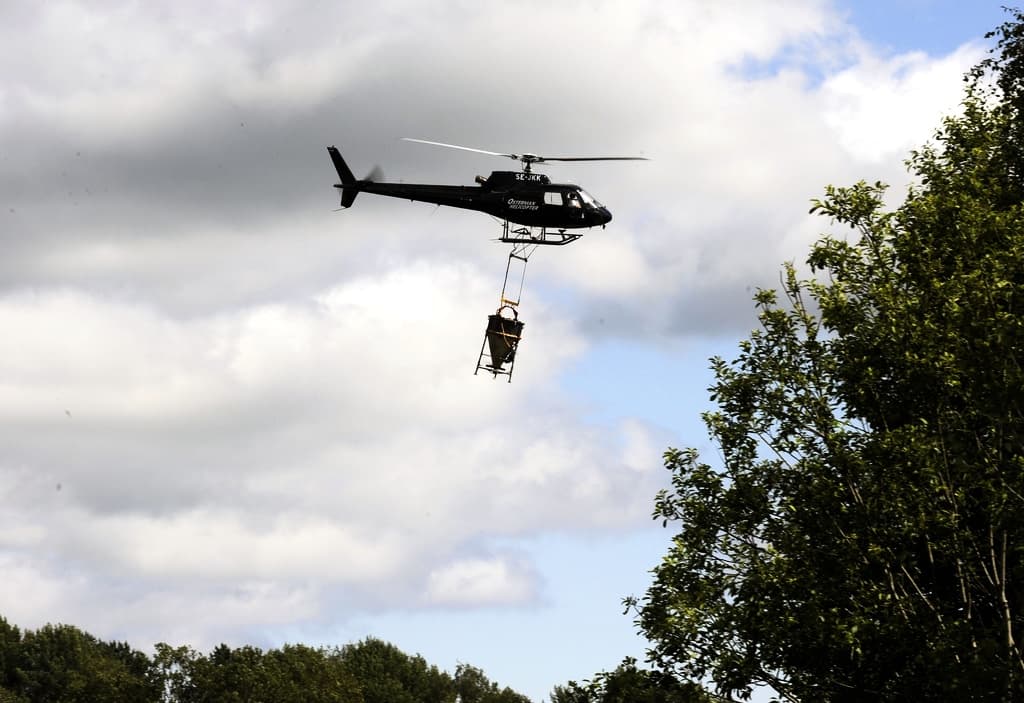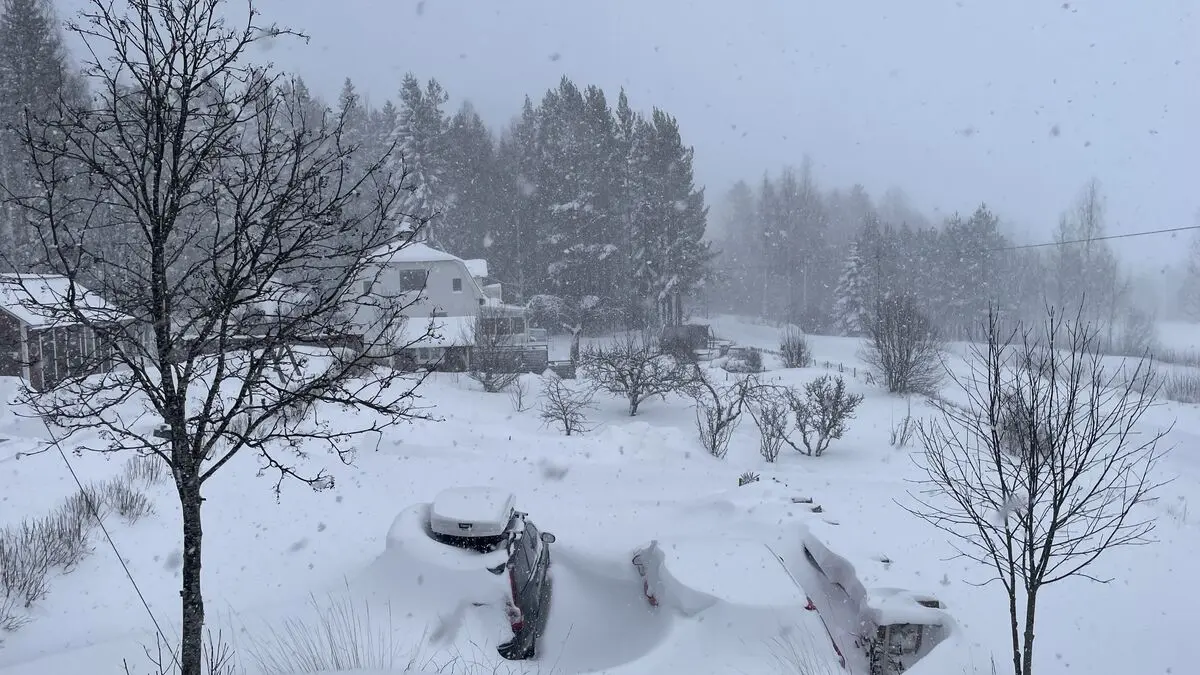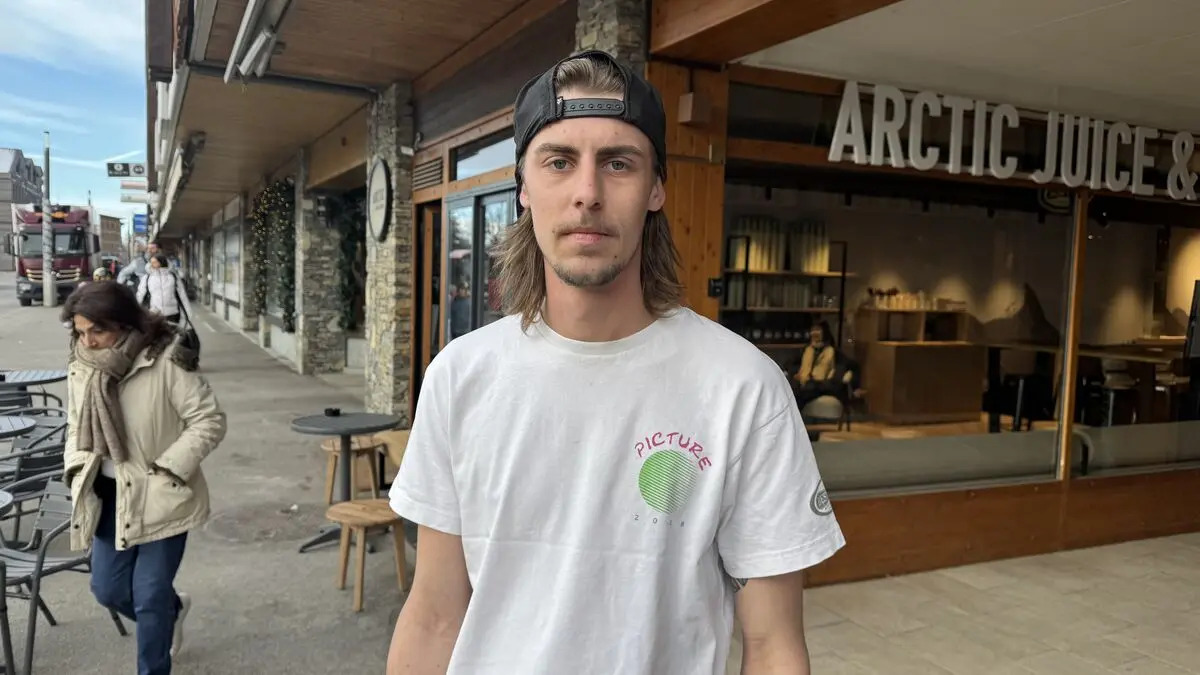Bright clothes and a little insect repellent are not enough. In the Lower Dalälven area, it's all-out war against the mosquitoes.
At the same time, a legal battle is underway to expand the control area.
Aedes sticticus. Or the spring flood mosquito.
This is the name of the mosquito that has terrified the inhabitants along the Lower Dalälven and Klarälven rivers.
A characteristic of these areas is that they are often – sometimes several times a year – flooded. That's when the mosquitoes thrive.
The female mosquito lays eggs on the ground where they sense that it smells like there's been a flood, says Tobias Lilja, mosquito researcher at the National Veterinary Institute (SVA).
When the water rises and covers the ground, the eggs hatch. Then you get a lot of flood mosquitoes about two weeks after a flood.
The mosquitoes are aggressive, active even in the middle of the day, and can fly up to a mile to find blood.
They can also give rise to several generations per year.
"They're always out, everywhere"
The aerial spraying at the Lower Dalälven began in 2001-2002 and has continued since then.
It has an incredibly good effect. It almost wipes out the flood mosquitoes, but leaves all the other mosquitoes, says Jan Lundström, who has been involved in the Biological Mosquito Control project since the start.
Since 2020, control measures have also been taken at Klarälven in Forshaga municipality. At that time, residents in Deje and other areas had been complaining about the unbearable situation for several years.
We have to run from the car to the porch where we have mosquito nets. And you have to mow the lawn in rain gear in bright sunshine. The mosquitoes are out even in the sun, they're always out, everywhere, a resident told TT in 2018.
Legal battle
An expansion of the original control area at the Lower Dalälven, eastward, has however met resistance. The project has applied to expand the control area but was denied by the Environmental Protection Agency.
The Land and Environment Court has ruled in our favor, but the Environmental Protection Agency has appealed. We'll see if it's taken to the Supreme Court or not, says Jan Lundström.
The problem is that we're controlling one area, but there's still massive mosquito production just a few kilometers away. Then the mosquitoes just fly in from there instead.
The government recently decided to double its support for the control measures this year, from around five to ten million kronor. However, this does not mean that the mosquito problem is one step closer to a solution, emphasizes Jan Lundström.
As long as you want to keep the mosquitoes in check, you have to keep going. This doesn't eradicate the mosquitoes, but the numbers are affected enormously.
In Sweden, there are around 50 species of mosquitoes that suck blood from vertebrates. 44 of these primarily take blood from mammals, including humans.
Mosquitoes eat, among other things, nectar, but the females need blood for their eggs to develop.
When the mosquito sticks its proboscis in, it sprays saliva to prevent the blood from clotting. This causes the "mosquito bite", which swells, turns red – and itches.
Two groups of mosquitoes that are often mentioned are flood mosquitoes and forest mosquitoes.
Forest mosquitoes lay their eggs in puddles. Flood mosquitoes lay eggs on damp soil, where the eggs can survive for many years waiting for a flood.
Source: Biological Mosquito Control (mygg.se).





